The affordable housing lottery has launched for 6375 Broadway, a seven-story residential building in North Riverdale, The Bronx. Designed by Marin Architects, the structure yields 65 residences and 36 parking spaces. Available on NYC Housing Connect are 23 units for residents at 130 percent of the area median income (AMI), ranging in eligible income from $61,715 to $187,330.
Amenities include assigned parking spaces, a shared laundry room, gym, community center, elevator, and an on-site resident manager. Units come equipped with energy-efficient appliances. Tenants are responsible for electricity.
At 130 percent of the AMI, there are four studios with a monthly rent of $1,800 for incomes ranging from $61,715 to $138,840; 16 one-bedrooms with a monthly rent of $2,000 for incomes ranging from $68,572 to $156,130; and three two-bedrooms with a monthly rent of $2,350 for incomes ranging from $80,572 to $187,330.
Prospective renters must meet income and household size requirements to apply for these apartments. Applications must be postmarked or submitted online no later than June 17, 2022.
Subscribe to YIMBY’s daily e-mail
Follow YIMBYgram for real-time photo updates
Like YIMBY on Facebook
Follow YIMBY’s Twitter for the latest in YIMBYnews

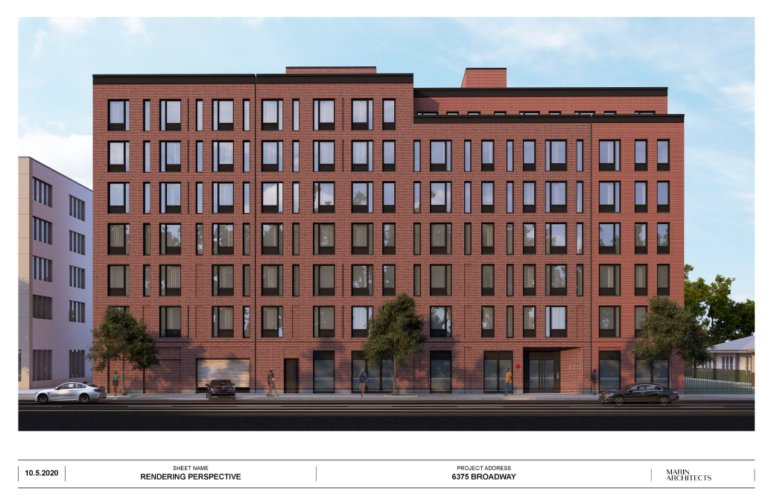
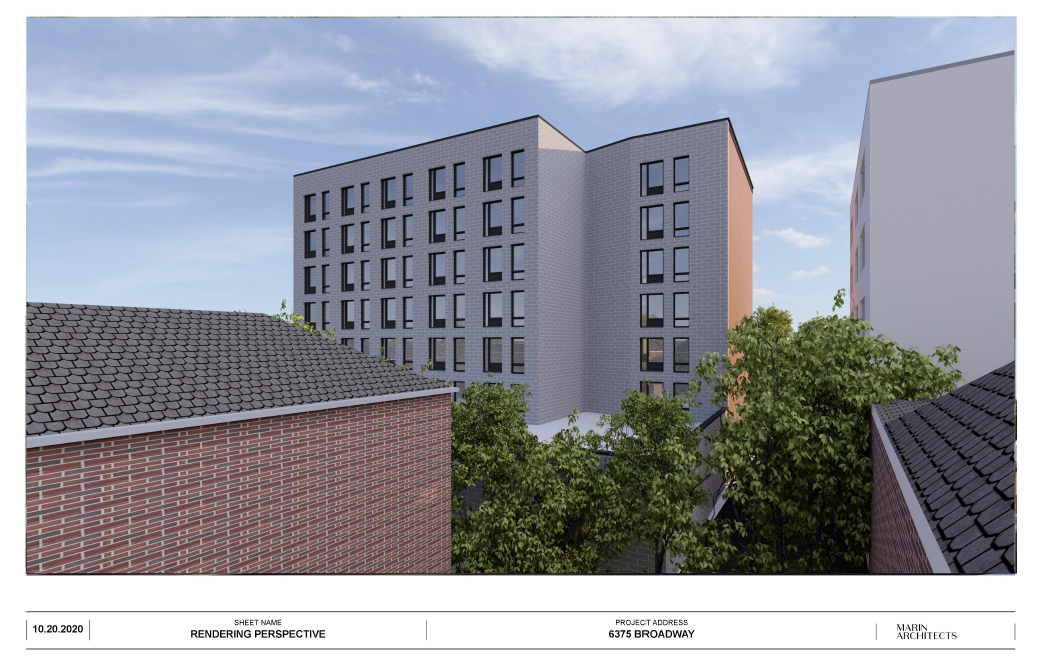
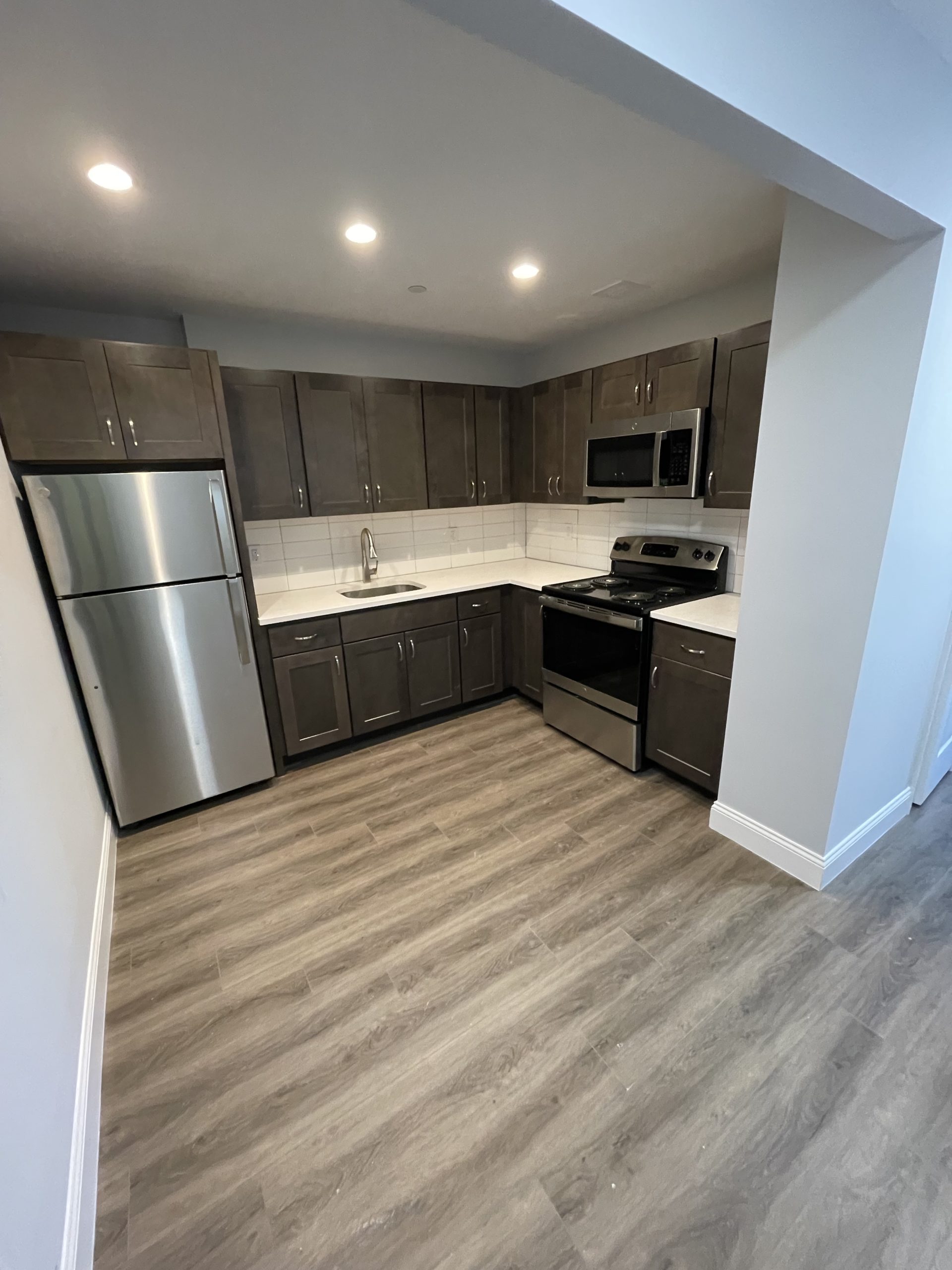
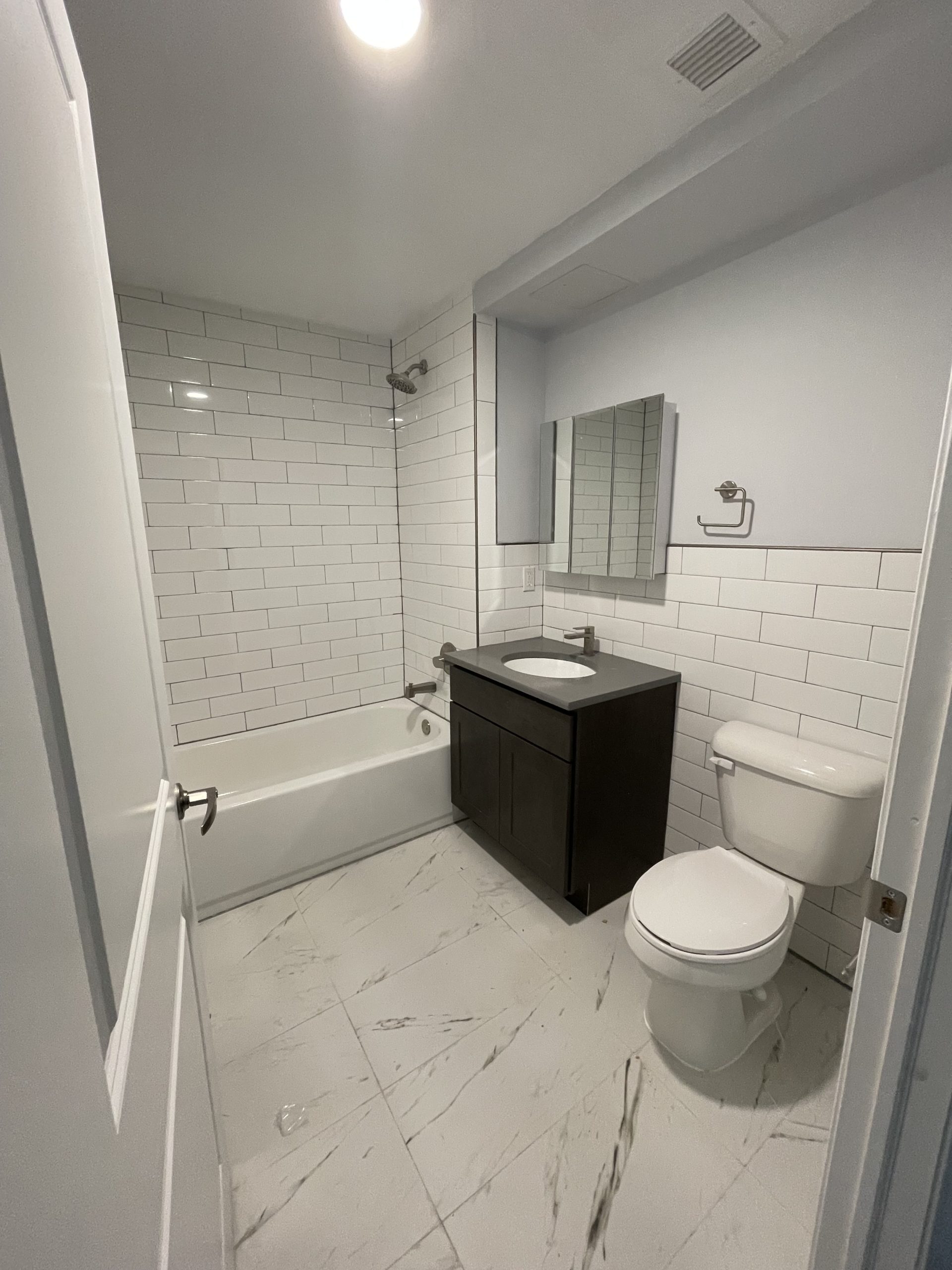



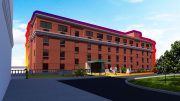
stop calling this AFFORDABLE HOUSING!
This is INCOME LINKED HOUSING and only affordable to upper income people, not the low income people of this neighborhood.
This is a joke and a taxpayer subsidy and giveaway to ultra rich developers.
So sad
At 130 percent of the AMI, there are four studios with a monthly rent of $1,800 for incomes ranging from $61,715 to $138,840; 16 one-bedrooms with a monthly rent of $2,000 for incomes ranging from $68,572 to $156,130; and three two-bedrooms with a monthly rent of $2,350 for incomes ranging from $80,572 to $187,330
New York State legislators are unlikely to renew a tax-incentive program that has been used in nearly every big residential project in New York City for the last 50 years, in a significant blow to developers, the governor and the mayor.
Governor Kathy Hochul pushed for a revised and rebranded version of the subsidy, but it never gained broad support in the Democrat-controlled Legislature, whose members were loath to renew a lucrative tax break for the real estate industry before this fall’s elections, according to lawmakers and real estate officials.
The subsidy, known as 421a, is the most generous property tax break in the city, costing New York City about $1.77 billion annually in lost tax revenue. It has subsidized the construction of hundreds of thousands of market-rate apartments and condominiums across the city, largely in Manhattan, and typically requires developers to build some below-market rentals.
But critics say it has amounted to a tax giveaway for developers in return for too few units for low-income New Yorkers, and sometimes none at all.
“421a is a broken, absurdly expensive Band-Aid placed on top of New York City’s broken property-tax system,” said Brad Lander, the New York City comptroller, who has advocated for the end of the tax break. “It’s good that it is not being renewed.”
The immediate impact of the expired subsidy, which officially ends on June 15, won’t be felt for years.
Developers have warned that without the tax incentive, new residential construction would be too expensive to pursue and could be scaled back significantly in New York City at a time of escalating housing prices. In recent months, builders have rushed to break ground on new projects to qualify for the existing tax break before the deadline, including in the Gowanus area of Brooklyn, which was rezoned for large-scale residential projects last year.
Matt Murphy, the executive director of New York University’s Furman Center for Real Estate and Urban Policy, said that rental projects taking advantage of the 421a program before it ends would continue to open in the coming years as construction is completed.
After that, developers would be likely to avoid building market-rate multifamily rentals and instead would construct projects like condominiums that generate higher returns, he said. Without 421a, the city’s property-tax system slightly favors condo development because owners of condos can qualify for a homeowner tax break.
The end of 421a may not negatively affect the creation of new housing for tenants at the lowest-income levels, Mr. Murphy said, because those projects take advantage of federal subsidies.
Still, he added: “It’s not like losing this will help make the city more affordable. All it does is introduce a huge amount of uncertainty in development and exacerbates the housing shortage in the long run.”
Image
Gov. Kathy Hochul hoped to revise the tax-break program this legislative session.
Gov. Kathy Hochul hoped to revise the tax-break program this legislative session.Credit…Benjamin Norman for The New York Times
Gov. Kathy Hochul hoped to revise the tax-break program this legislative session.
The current tax break essentially freezes property taxes on new projects, including luxury developments, for up to 30 years, only requiring owners to pay the property taxes that were owed on the site before construction. Lawmakers have allowed the subsidy to expire in the past, only to revive it soon after.
But there were no immediate signs that could happen this time, lawmakers and real estate officials have conceded, though Ms. Hochul said that the legislation could be reintroduced in 2023.
Sign up for the New York Today Newsletter Each morning, get the latest on New York businesses, arts, sports, dining, style and more.
“This is an important objective, but I don’t know that there’s the interest in legislative bodies at this time to get to it this year,” Ms. Hochul said at a news conference this week. “Let them do their work, and then I’ll continue my conversation from behind the scenes.”
For months, the governor tried to rally colleagues in the Democratic Party to support a renewal, but a new set of progressive members in Albany and New York City, supported by increasingly vocal housing advocates, have attacked the developer tax break. They argued that no version of the tax incentive could adequately stem the housing affordability crisis.
Ms. Hochul’s proposed replacement, renamed 485w, was rejected by lawmakers for being too similar to the current program.
“A lot of people have very serious reservations about 421a as currently constituted,” said Assemblyman Jeffrey Dinowitz, a Democrat who represents parts of the Bronx. “We should do things with affordable housing, but I just don’t think we’re getting our money’s worth with 421a.”
Supporters of a revised tax incentive said it would help alleviate the city’s severe housing shortage, a main driver of its affordability crisis. While the city saw a 22 percent jump in new jobs from 2010 to 2018, the city’s housing stock grew by only 4 percent, according to the nonpartisan Citizens Budget Commission.
Ms. Hochul’s proposal sought to appease the chief concerns of critics — that the deal has aggravated the city’s housing affordability crisis by incentivizing the construction of luxury towers instead of lower-cost homes. They say too many units marketed as affordable are only within reach to families making well over $100,000 a year — far higher than the city’s median household income — and are often more expensive than market-rate apartments in the same neighborhood.
Many units target far higher income levels, charging rents “affordable” to families of four earning over $173,420, which is much higher than the average in their surrounding neighborhoods. The household median income for all of New York City is $67,046, while it is $42,000 in the Bronx, the lowest level in the city.
Until the program’s last revision, in 2016, some projects could take advantage of the tax deal without building any affordable units. That included the residential development that received the largest property-tax break, Jackson Park in Long Island City, Queens, which enjoys an annual reduction of $21 million in property taxes that nearly eliminates the tax bill on the site. It has 1,871 luxury units and zero “affordable” apartments.
Governor Hochul would have maintained the tax incentive while requiring for the first time that developers include below-market units in every rental project.
Image
Huge projects in Manhattan have taken advantage of the tax incentive in recent years.
Huge projects in Manhattan have taken advantage of the tax incentive in recent years.Credit…Brittainy Newman/The New York Times
Huge projects in Manhattan have taken advantage of the tax incentive in recent years.
The 421a subsidy has been divisive almost from its start. It was enacted in the 1970s during a financial crisis in New York City, when city officials were worried that no one would build anything. Some politicians wanted it to expire in the early 1980s over concerns that it was a financial boon for developers with few strings attached.
However, over the next 40 years, the tax break was preserved and refined, slowly adding various affordability requirements. The deal became increasingly popular among developers over the last 20 years, especially on huge projects in Manhattan, increasing the annual loss of tax revenues for the city.
The demise of the 421a program is the latest major legislative setback for the real estate industry, which once wielded near-unmatched lobbying power in Albany. In 2019, state lawmakers approved sweeping new rent regulations that extended numerous tenant protections statewide despite the industry’s objections.
It is also a blow to the construction industry, which, in a moment of unity, joined developers in calling for the tax deal to be preserved because it includes guaranteed wages for construction workers on large 421a projects. Workers receive an average of $45 an hour for developments in Brooklyn and Queens, and $60 an hour in Manhattan.
“As we try to emerge from this pandemic, it’s important for our economy that development continues, but responsible development that not only provides good jobs but is part of the economic engine,” said Kyle Bragg, the president of Local 32BJ of the Service Employees International Union, which represents 85,000 workers in New York City.
Mayor Eric Adams also threw his support behind maintaining the tax break. He said the program would create more affordable apartments and produce good-paying jobs for construction workers.
“If we are serious about expanding the city’s affordable housing stock, we need a serious plan on the table to make it happen,” the mayor wrote in an opinion article in The Daily News in March.
As the legislative session winds down, major bills on other housing issues remain in limbo. One measure would enact so-called good-cause eviction, which would prohibit landlords from not renewing a tenant’s lease unless there was a major infraction, such as violating the lease terms. Another would allow hotels in New York City to be converted into affordable housing.